Baked Salmon w/ Olive Oil
Ordinarily I make salmon for the main course or to top off salads. For this I'll cook the it with lemon, olive oil, salt, and pepper. Sometimes I'll spice things up by adding shallots, garlic, or jalapeños. Today I'm making soup, though, and am not entirely sure if I want that much of a lemon or citrus! I also don't have any lemons and couldn't make it my ordinary way if I wanted to.
Without the lemon, you risk the fish drying out because it acts as a barrier between the fish and the rest of the oven. I would usually then cover it in aluminum foil to keep the salmon from overcooking and firming up too much on the outside while the inside continues to cook. And you can still do this! You will get a more evenly cooked salmon throughout and this is likely the more preferred method by most people.
I'm not going to bother, though. In a soup or stew, it's kind of nice to have a firmer salmon that holds up. When you're not eating the salmon whole or placing it on top of lettuce or quinoa, having a perfect cook is less important. Not that you shouldn't try! But soups and stews are much more forgiving. So, I'm just going to cook it as is and call it a day! After all, the majority of the flavor is going to come from the Chowder that I'm making. Salmon is more like the cherry on top than the main flavor.
Gallery
What to Make with Baked Salmon
I specifically made this recipe for soup, but there are a plethora of things to make with salmon.
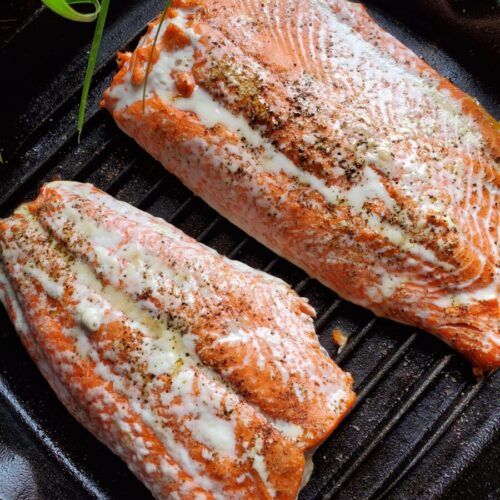
Baked Salmon w/ Olive Oil
Equipment
- Oven
- Cast Iron Griddle or Baking Sheet
Ingredients
- 1 fillet salmon
- dollop olive oil
- dash salt
- dash pepper
Instructions
- Preheat oven to 450 degrees Fahrenheit.
- Meanwhile, let the salmon rest until it reaches room temperature.I usually let it sit while the oven preheats. However, for particularly large fillet's, you may need to remove the salmon from the oven before you preheat it.
- Place salmon, skin side down, on a baking sheet.I use a pretty well seasoned cast iron griddle, so I don't add any oil beforehand. If you're using an actual baking sheet, though, you're probably going to want to oil the pan to keep the salmon from sticking.
- Lightly drizzle with olive oil and sprinkle with salt and pepper.
- Bake for about 8-10 minutes for smaller salmon fillets and about 15-20 minutes for larger ones. The salmon should flake easily with a fork.The general rule of thumb is to bake for 4-6 minutes per half inch of salmon. Although I've never gotten out a ruler and measured the thickness of fish! Nor do I find this the most helpful way to cook seafood. No two fillets, even of the same size, are going to cook in exactly the same amount of time. It's better to look for the color changing to a lighter pink hue and it flakes with a fork.
- Let rest for 5-10 minutes until adding to soup or stew. Salmon will also keep in the refrigerator for several days if you'd like to make it ahead of time.
Tips, Tricks, & Notes
- For more information on baking salmon, check out my articles on The Fundamentals of Oven Baked Salmon and Barbecue Salmon. I'm particularly fond of cooking on a well-seasoned cast iron griddle because you don't need additional oil or foil to to keep it from sticking. But there are certainly ways around this if you don't want to dedicate an entire cast iron pan to fish! Cooking salmon is also more of an art than a science. No two filets are going to cook in the exact same amount of time and there are definitely some tips and tricks to nailing the cook on fish.
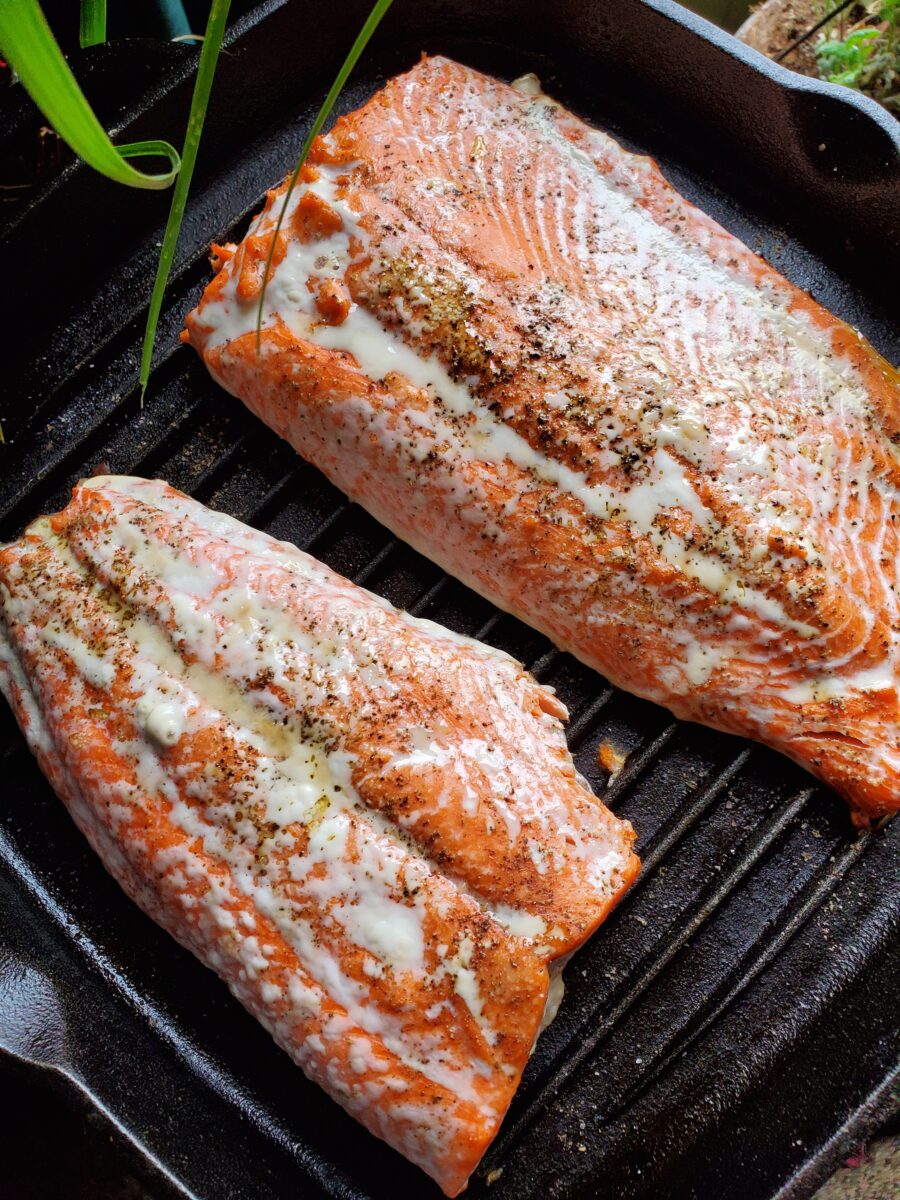

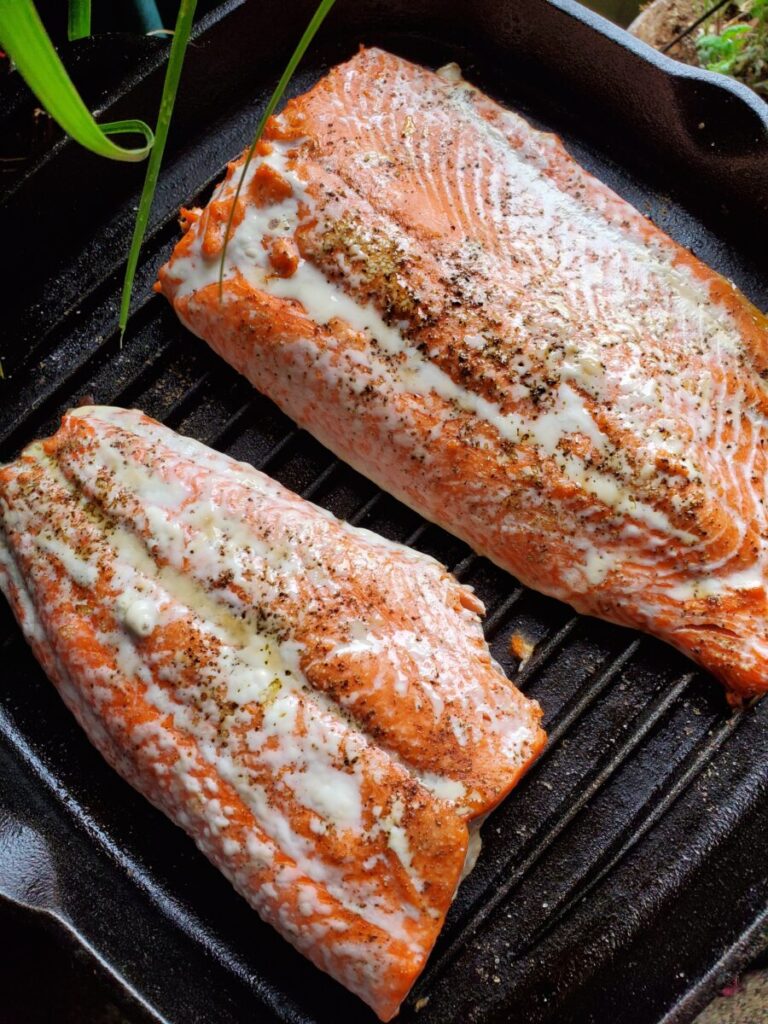

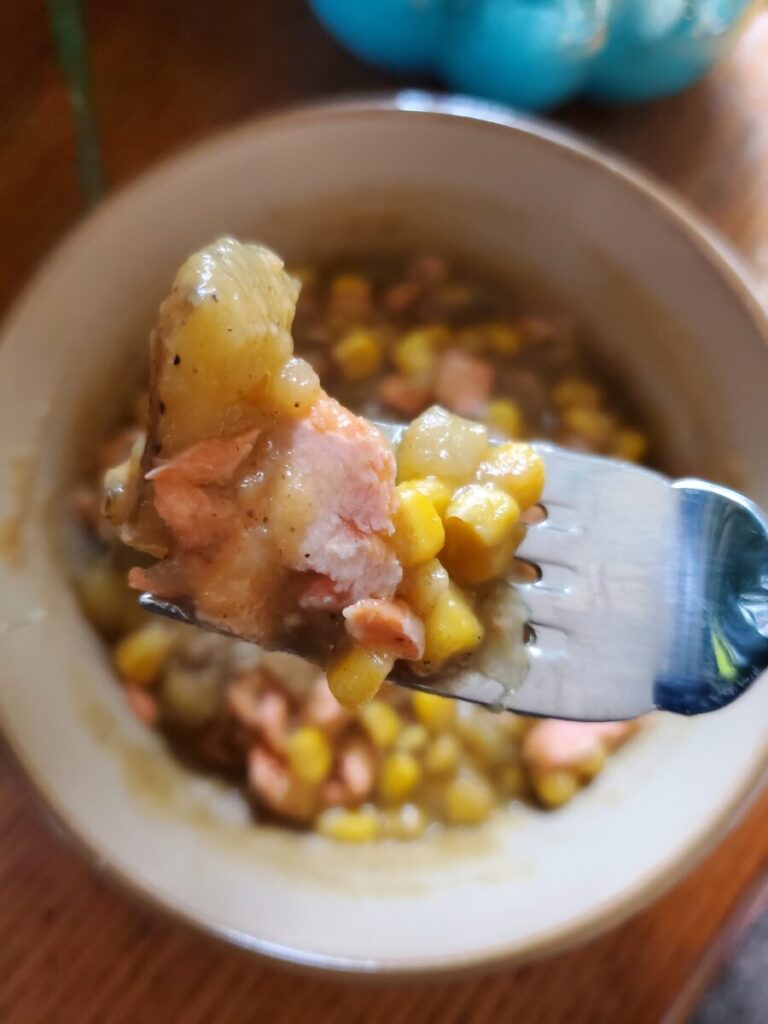
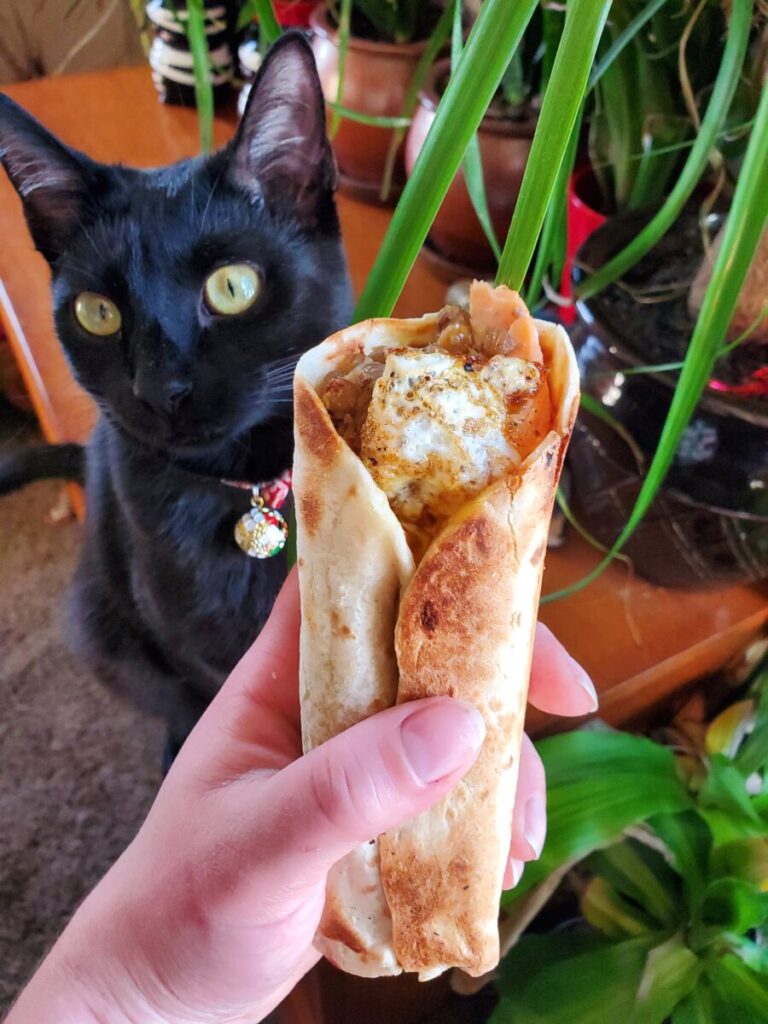

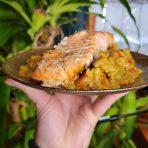






Leave a Reply